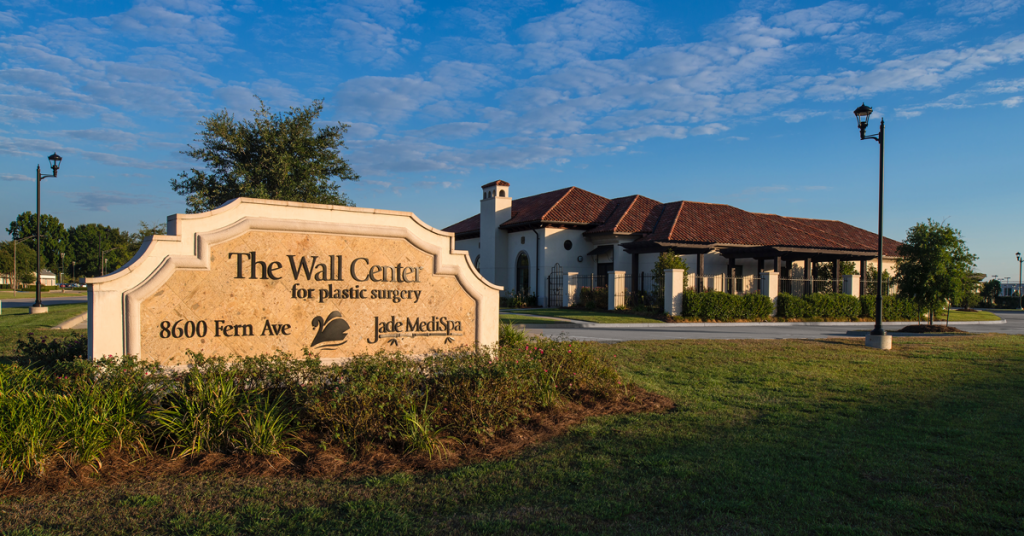Thanks to high-quality design, construction, and materials, today’s silicone gel breast implants last longer and provide better results than ever before. Even with these advancements, breast implants aren’t designed to last forever. That’s why our plastic surgeons use techniques that significantly extend the longevity of silicone gel breast implants for our Shreveport, LA, patients. In fact, our patients experience an astonishingly low rate of rupture—roughly 1 in 1,000.
We already knew from experience that our patients’ breast implants lasted longer than average, but a recent 10-year study of rupture rates of implants our surgeons placed was conducted by Mentor, and demonstrates just how dramatic the difference to Mentor’s published rates is.
The evidence-based study examined the rupture rates of Mentor’s MemoryGel® implants. Between November 2006 and August 2017 our surgeons inserted 4,999 of these cohesive gel breast implants. Out of those, there were 5 reported ruptures.
That’s a rupture rate one-tenth of one percent (0.1%).
Compare that to the national rupture rate of 5.6%—still quite low, yet 56 times higher than The Wall Center’s rate. To say our numbers are exceptional would be quite an understatement.
Superior Implant Longevity—How Do We Do It?
There are several reasons for The Wall Center’s extremely low rupture rate. They include:
- Our surgeons handle implants with extreme care. Implants are never touched, even by gloved hands. During the surgery we transfer implants from their containers to specially designed, sterile funnels and then insert the implants into the pocket. This is called the “No-Touch” technique.
- We create very precise implant pockets. Our pockets accommodate the implants without tight spots that can gradually wear on the implant and eventually cause ruptures. Even though we make extremely small incisions (usually 3 centimeters compared to 7 to 9-cm incisions made by most surgeons), we can directly visualize the pockets using specialized instruments and an approach that does not allow for bleeding in the implant pocket.
- Implants are coated with the latest antibiotic or antiseptic protocols. This helps prevent bacterial contamination before the implant is inserted and minimizes accumulation of bacteria on the implant after it’s in place.
- We use techniques that minimize complications. This includes the no-touch protocol mentioned above, as well as the meticulous surgical techniques when creating implant pockets. Combined, this results in the extremely low rates of capsular contracture for our patients (capsular contracture can also cause an implant rupture). Using implants with low rates of contracture—such as Allergan’s Inspira, Mentor’s MemoryGel, or Sientra’s High-Strength gel implants—also helps reduce rupture rates.
Finally—and perhaps most importantly—we closely monitor our patients. The number of follow-up appointments and patient checkups, especially during the first year following the surgery, greatly exceeds that of most plastic surgery practices. This helps us avoid potential complications that could lead to rupture or reoperation. After the first year, we continue scheduling annual follow-ups to check in with patients. Many other practices don’t see patients at all after 6 months, and some stop following up as early as 6 weeks after surgery.
If you’ve been thinking about getting breast implants and want to discuss the surgical techniques we use at The Wall Center, request a consultation using the online form or call us at (318) 562-1433 to schedule an appointment.


Leave a Reply